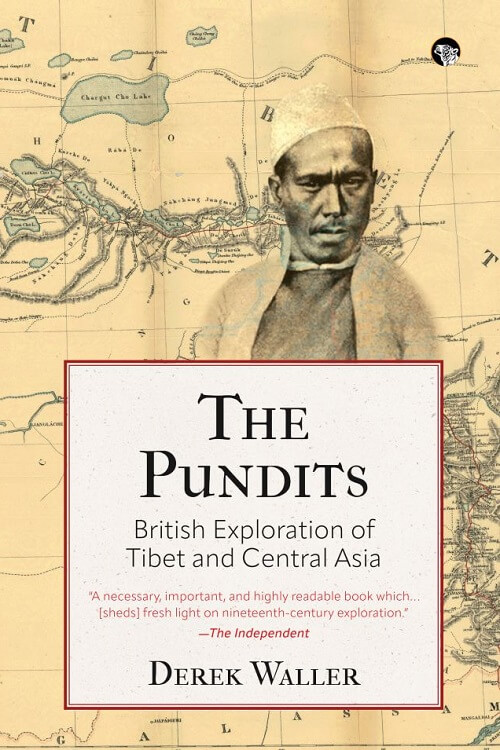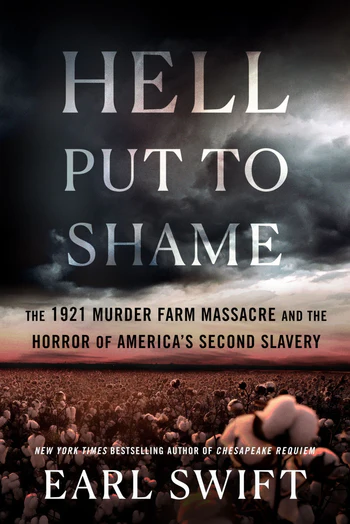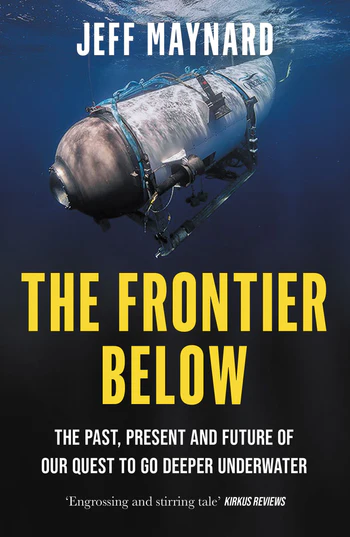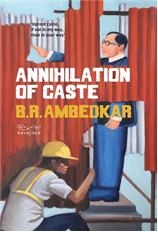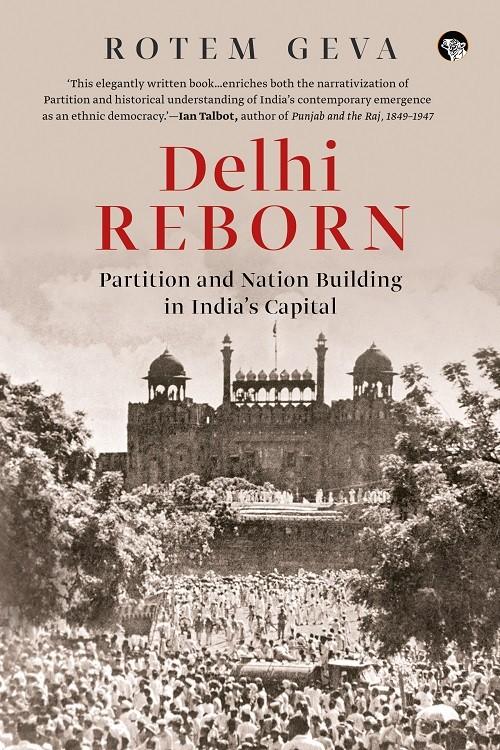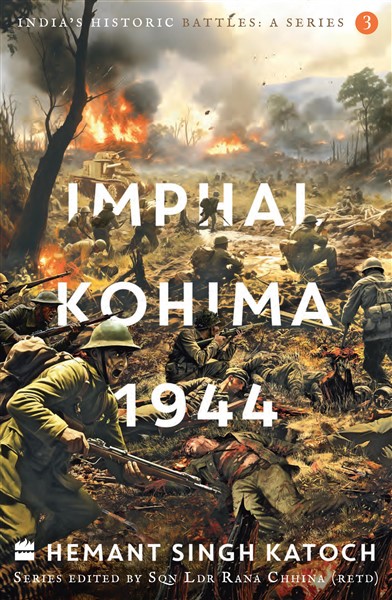History
Featured Products
THE PUNDITS BRITISH EXPLORATION OF TIBET AND CENTRAL ASIA
₹419.30
M.R.P.:₹ 599.00
You Save: ₹179.70 (30.00% OFF)
Hell Put to Shame The 1921 Murder Farm Massacre and the Horror of America's Second Slavery
₹1,305.00
M.R.P.:₹ 1,450.00
You Save: ₹145.00 (10.00% OFF)
The Demon of Unrest Abraham Lincoln & America’s Road to Civil War
₹629.30
M.R.P.:₹ 899.00
You Save: ₹269.70 (30.00% OFF)
The Frontier Below The Past, Present and Future of Our Quest to Go Deeper Underwater
₹539.10
M.R.P.:₹ 599.00
You Save: ₹59.90 (10.00% OFF)
Sky Warriors British Airborne Forces in the Second World War
₹809.10
M.R.P.:₹ 899.00
You Save: ₹89.90 (10.00% OFF)
Upgrade Your Brain Unlock Your Life’s Full Potential
₹809.10
M.R.P.:₹ 899.00
You Save: ₹89.90 (10.00% OFF)
Barbie Her Inspiration, History, and Legacy
₹1,529.10
M.R.P.:₹ 1,699.00
You Save: ₹169.90 (10.00% OFF)
DELHI REBORN PARTITION AND NATION BUILDING IN INDIA’S CAPITAL
₹419.30
M.R.P.:₹ 599.00
You Save: ₹179.70 (30.00% OFF)


